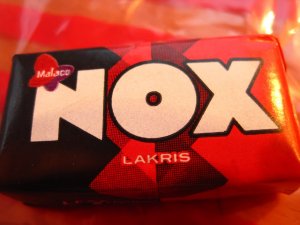Volkswagen will have to find a place for a multigallon urea tank. They may have to drill through sheet metal to create a filler neck that’s convenient for consumers who would need to replenish the liquid every three or four months. It may cost thousands of dollars per car, he said.
[...]
“It’s going to require an uncomfortable amount of hacking at the car,” said Bill Visnic, an independent automotive analyst based in Weirton, West Virginia. “There’s no real pretty way to put it. You’re going to have to drill some holes and run some lines under the car. You’ve got to find someplace to put the tank. It’s going to add up pretty quickly.”
Visnic estimates the per-car costs will be conservatively “at least several hundreds of dollars per car, maybe higher.”
Linford Berry, owner of Mountain Valley Motors, a Volkswagen specialist in Dayton, Virginia, said adding a urea tank system to a customer’s Volkswagen TDI could cost more than $3,500 in his shop.
There would be the tank, a heater to keep it from freezing, a pump and injectors to shoot a mist of urea-based fluid into an exhaust chamber to enable the chemical reaction that breaks nitrogen oxide into nitrogen and oxygen. There would also be wiring from the engine computer back to the tank. There also might need to be reprogramming of the computer, or a new computer if the existing unit doesn’t have circuits that could control the new equipment.
Volkswagen’s costs would be less because of economies of scale, but it’s hard to say how much lower they would be, Berry said.
CEO Matthias Mueller told Frankfurter Allgemeine Zeitung newspaper on Oct. 7 he was considering setting up specialized repair shops temporarily in every market where there is a recall.
Asked about trying to fit new parts like a catalytic converter into an engine where there’s no space, he said: “Then we will just have to make space, to rebuild it if need be. Of course at no cost to the consumer.”




